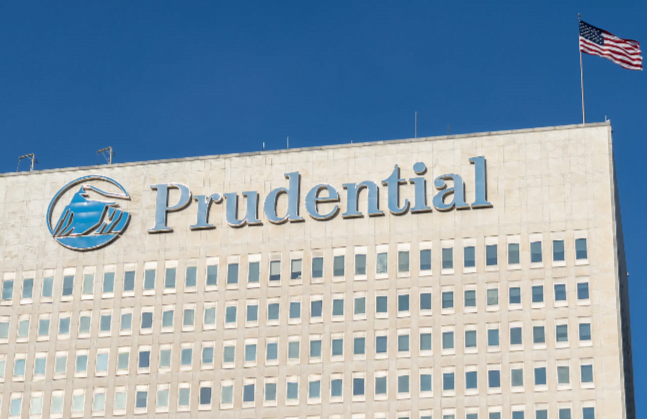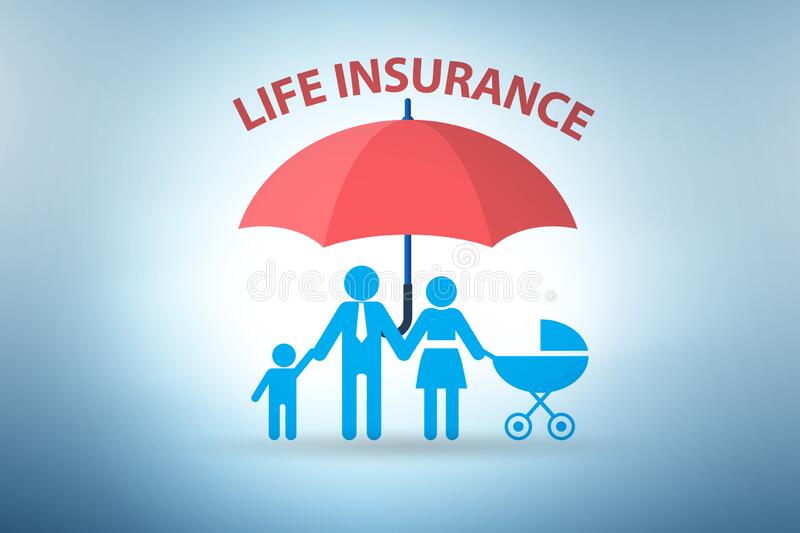Insurance Types in the USA (a Beginner’s Guide)

The differences between health insurance plans available in the United States, such as HMOs, PPOs, and POS plans.
It’s important to understand the different types of insurance plans so you can choose the one that best fits your needs.
Health Maintenance Organizations (HMOs) typically have lower out-of-pocket costs but limit your choice of healthcare providers.
Preferred Provider Organizations (PPOs) offer more flexibility in choosing providers but may have higher costs.
Point of Service (POS) plans combine aspects of both HMOs and PPOs. Other types of insurance plans include high-deductible health plans (HDHPs), catastrophic health insurance, and short-term health insurance.
For example, a person who needs frequent medical care may benefit from an HMO plan with lower out-of-pocket costs and a set network of providers.
On the other hand, someone who wants more flexibility in choosing doctors may prefer a PPO plan.
An individual who is healthy and rarely needs medical attention may choose a high-deductible health plan to save money on premiums.
How different types of life insurance policies work and what factors to consider when choosing a policy that fits your needs.
When it comes to life insurance, there are two main types: term life insurance and permanent life insurance.
Term life insurance provides coverage for a specific period of time, typically 10-30 years, and pays out a death benefit if the insured dies during that time.
Permanent life insurance, on the other hand, provides coverage for the insured’s entire life and includes a savings component that can accumulate cash value over time.
Factors to consider when choosing a life insurance policy include the amount of coverage needed, the length of coverage desired, and the cost of premiums. It is important to carefully evaluate your needs
An overview of car insurance coverage options in the U.S., including liability, collision, comprehensive coverage and more.
Car insurance is a necessary expense for drivers in the United States, but it can be confusing to navigate the various coverage options.
Liability insurance is required by law in most states and covers damages or injuries you may cause to others in an accident.
Collision coverage, on the other hand, pays for damage to your own vehicle in the event of an accident.
Comprehensive coverage protects against non-collision incidents such as theft, vandalism, or natural disasters.
Other coverage options may include personal injury protection, uninsured/underinsured motorist coverage, and roadside assistance. It is important to evaluate your individual needs and budget
What homeowner’s insurance typically covers in the event of damage or loss to one’s home due to natural disasters.
Homeowners insurance is another type of insurance that is important to have in the United States. It typically covers damage or loss to one’s home due to natural disasters such as hurricanes, tornadoes, and earthquakes.
This coverage can include repairs or replacement of the home itself, as well as personal belongings inside the home.
Some policies may also include additional living expenses if the home is uninhabitable due to damage.
It is important to carefully review and understand your policy to ensure you have adequate coverage for your specific needs.
[ads2]










